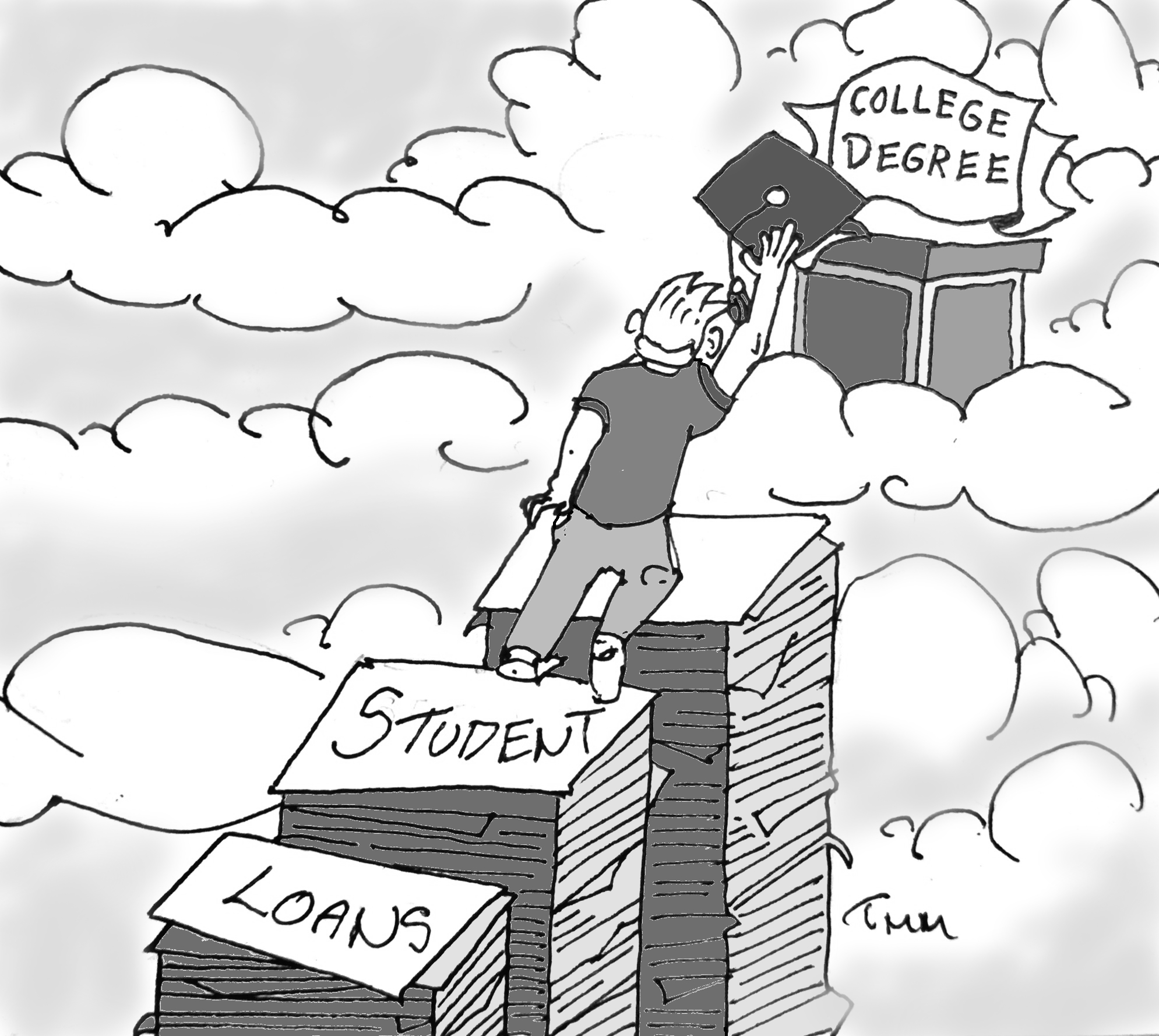
News
Summers Will Not Finish Semester of Teaching as Harvard Investigates Epstein Ties

News
Harvard College Students Report Favoring Divestment from Israel in HUA Survey

News
‘He Should Resign’: Harvard Undergrads Take Hard Line Against Summers Over Epstein Scandal

News
Harvard To Launch New Investigation Into Epstein’s Ties to Summers, Other University Affiliates

News
Harvard Students To Vote on Divestment From Israel in Inaugural HUA Election Survey
The Next Reform
Making Education Affordable, Once and For All

Forty-nine years ago this past Saturday, President Lyndon Johnson delivered a speech at his alma mater, Southwest Texas State College, before signing into law the Higher Education Act of 1965. Johnson took the opportunity to recall his years as a student, when he had to work his way through school. Then, he reflected on his first job, as a teacher.
“I shall never forget the faces of the boys and the girls in that little Welhausen Mexican School,” he said. “And I remember even yet the pain of realizing and knowing then that college was closed to practically every one of those children because they were too poor.
And I think it was then that I made up my mind that this Nation could never rest while the door to knowledge remained closed to any American.”
Fortunately, thanks to programs created by the Higher Education Act, college is now within reach for far more Americans. When Johnson delivered his remarks, about 45 percent of new high school graduates attended college. In 2009, 70 percent did. That number, however, has since declined, and last year stood at about 66 percent.
This decrease is a sign that the way we pay for college is still flawed. As economist Heidi Shierholz said in an interview with the New York Times, “It’s another part of the long-term scarring process of the Great Recession that has been partly hidden.” When the economy struggles, the prospect of college dims for American students–largely because college means significant debt.
Recently, the crisis surrounding student loans has received more attention, and not just from the cause’s main crusader, Senator Elizabeth Warren. The Treasury Department, hardly Senator Warren’s biggest ally against the student loan industry, is now anxious that student loan debt has what Bloomberg terms “worrying similarities to the U.S. housing-market bubble.”
That concern highlights the trouble with having $1.3 trillion of unpaid student loans weighing on the economy. As the Huffington Post put it, “The more money that households devote to paying off student loans, the less they have to buy houses, start small businesses or save for retirement.” Moreover, “A recent survey by the Federal Reserve revealed that nearly half of Americans said they had to curb their spending last year in order to make payments on student loans.”
In short, the United State needs to reboot its model of financing higher education. Writing in the New York Times last month, Eduardo Porter discussed several policies the U.S. could pursue that would reduce costs for students, and potentially reign in its average yearly tuition, enormous by rich-world standards. As in many arenas, we have some things to learn from our parent democracy across the pond.
First, “the British government imposes tight quality controls to make sure higher education is up to scratch.” That way, it avoids spending money on degrees not likely to lead to what the U.S. Department of Education terms “gainful employment.” For-profit colleges in the U.S. are particularly guilty of awarding less-than-useful degrees, and the government has already started to improve its record on this score. Consistent and continuing public relations and regulatory pressure will be crucial to reigning in costs and ensuring that higher education fulfills its promise of social mobility.
A second advantage of the British system is that students are only required to “pay back…9 percent of their annual earnings over £21,000 ($34,000).” Notably, this percentage is similar to the upper limit that the Affordable Care Act says Americans at or below 400 percent of the poverty level should expend on health insurance. As Porter notes, “the Obama Administration is moving, timidly, in this direction” on student loans.
Finally, the British cap university tuition. This regulation is likely a pipe dream, particularly after last week’s elections. Getting the Federal government to refinance student loan proved hard enough in a nominally Democratic Senate.
The British system is not without its flaws. Tuition increases have raised concerns about affordability and debt, and funding changes have disproportionately targeted humanities programs. Overall, however, it represents a more equitable model for making college affordable, and some current problems may require only relatively minor course corrections.
The idea that college should be available to all Americans is not one we can give up on. A recent op-ed in The Crimson made a strong argument for eliminating tuition at Harvard and other wealthy schools. But in 1965, President Johnson set the bar even higher. He urged his audience to remember “that that the leadership of your country believes it is the obligation of your Nation to provide and permit and assist every child born in these borders to receive all the education that he can take.”
That obligation is yet to be fulfilled in whole, but concrete steps towards that goal are clearly possible. All that we need now is the political will.
Nelson L. Barrette, a Crimson editorial writer, lives in Winthrop House. His column appears on alternate Mondays.
Want to keep up with breaking news? Subscribe to our email newsletter.

